Description
The third edition of Engineering Mechanics: Statics written by nationally regarded authors Andrew Pytel and Jaan Kiusalaas, provides students with solid coverage of material without the overload of extraneous detail.
The extensive teaching experience of the authorship team provides first-hand knowledge of the learning skill levels of today’s student which is reflected in the text through the pedagogy and the tying together of real world problems and examples with the fundamentals of Engineering Mechanics. Designed to teach students how to effectively analyze problems before plugging numbers into formulas, students benefit tremendously as they encounter real life problems that may not always fit into standard formulas.
This book was designed with a rich, concise, two-color presentation and has a stand alone Study Guide which includes further problems, examples, and case studies. The early introduction of the relationship between force and acceleration used in this pedagogy allows students to realize much sooner how Newton’s laws of motion can be used to analyze problems. Where appropriate, sample problems are solved using both scalar and vector notations allowing for increased problem solving skills.
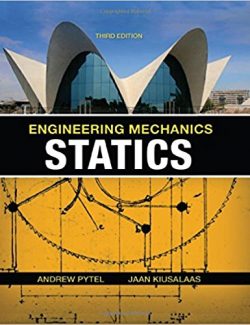
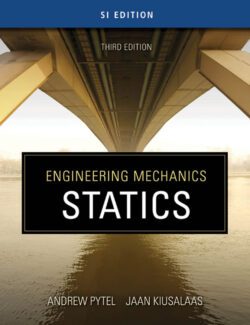
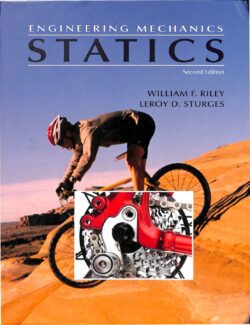
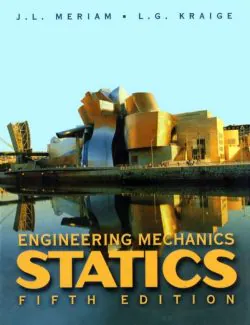
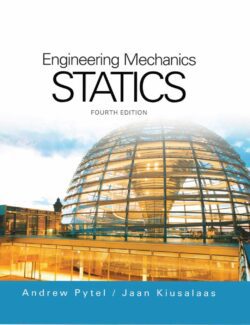
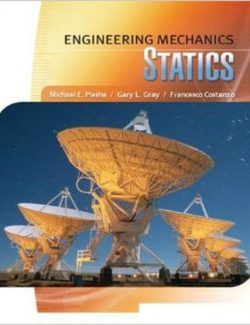
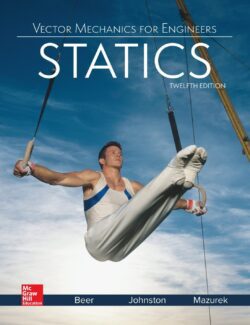
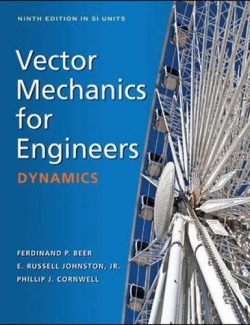
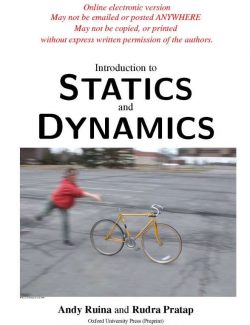
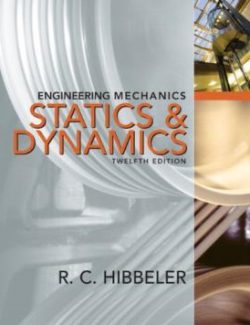
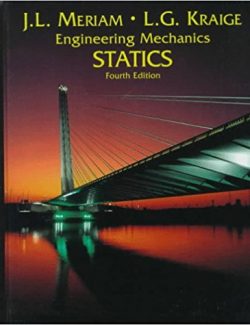
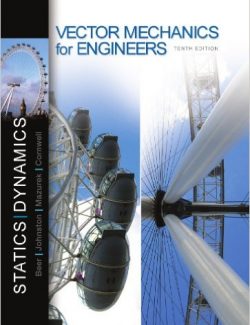

Leave us a comment
No Comments